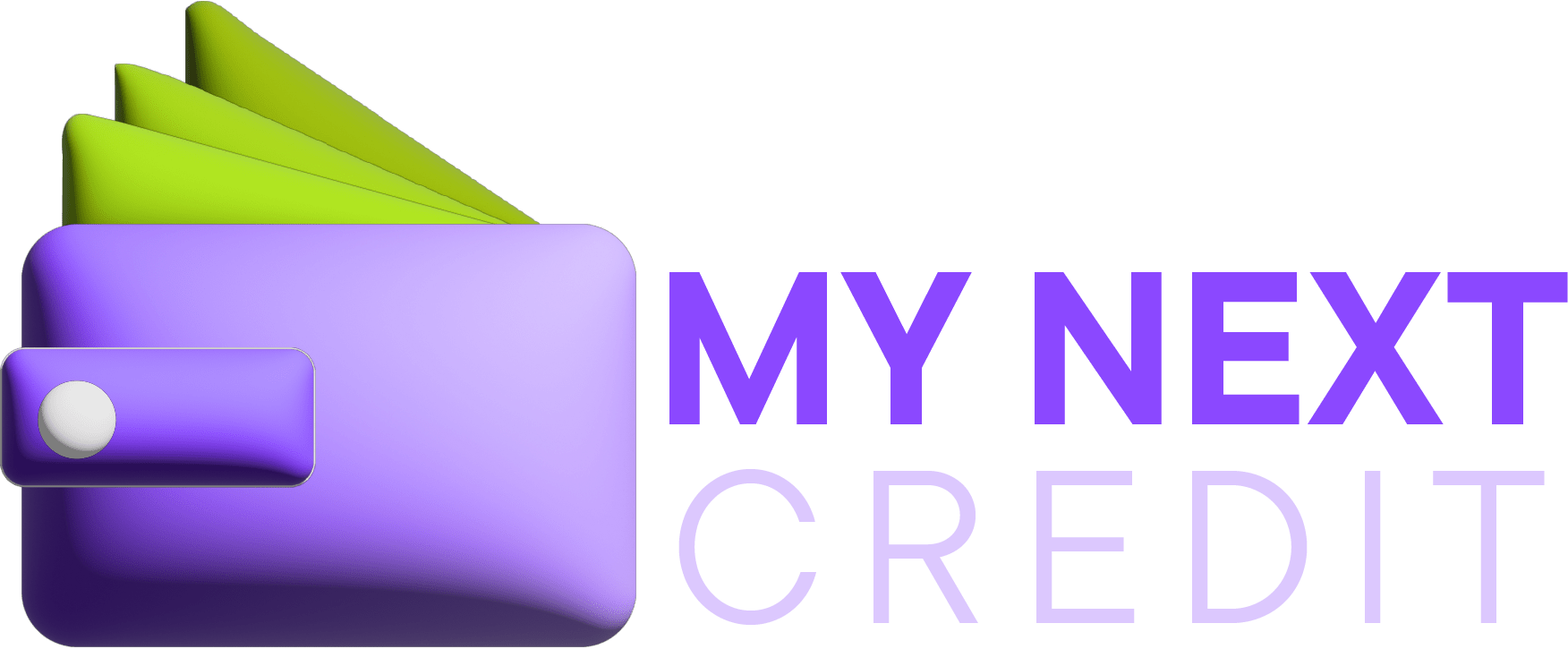Managing a checking account in the United States effectively is crucial for maintaining financial stability and achieving your long-term financial goals. With the right strategies, you can optimize your banking experience, avoid unnecessary fees, and ensure that your money is working for you.
This article presents essential strategies and expert advice for efficiently managing your checking account, providing practical guidance on budgeting, vigilantly monitoring transactions, avoiding fees, and leveraging technology to your advantage.
Creating a Budget and Sticking to It

Understanding Your Income and Expenses
The foundation of effective checking account management lies in understanding your income and expenses. Start by listing all sources of income, including wages, investments, and any other sources of revenue.
Simultaneously, meticulously track all your expenditures, encompassing everything from utility bills and groceries to entertainment expenses and savings contributions. This meticulous approach will give you a clear picture of your financial situation, enabling you to identify areas where you can cut back and opportunities for financial growth.
Tips for Budgeting
- Categorize Your Expenses: Divide your expenses into categories such as housing, food, transportation, entertainment, and savings. This will help you see where your money is going and where you can make adjustments.
- Set Financial Goals: Define short-term and long-term financial goals. These could include saving for a vacation, building an emergency fund, or paying off debt.
- Use Budgeting Tools: Utilize budgeting apps like Mint or YNAB (You Need A Budget) to track your spending and stay on top of your finances.
Regularly Reviewing Your Budget
Once you have established a budget, it’s essential to review it regularly to ensure its alignment with your financial goals and lifestyle. Regular reviews enable you to adapt to any changes in income or expenses promptly, ensuring that you remain on track to achieve your financial objectives.
Monthly Check-Ins
Schedule monthly check-ins to compare your actual spending against your budgeted amounts. This proactive approach allows you to identify any discrepancies and make necessary adjustments to stay within your budgetary constraints. Additionally, these regular assessments provide valuable insights into your spending habits, enabling you to make informed decisions about your financial priorities.
Monitoring Transactions and Balances
Keeping an Eye on Your Account
Regularly monitoring your checking account is of paramount importance to prevent overdrafts, identify potential fraudulent activity, and maintain financial vigilance. It’s imperative to set up alerts with your bank to receive timely notifications for significant transactions, low balances, and any other critical account activities, ensuring proactive management of your finances and swift response to any anomalies.
Tools for Monitoring
- Online Banking: Access your account online to check your balance, view recent transactions, and transfer funds between accounts.
- Mobile Banking Apps: Download your bank’s mobile app to manage your account on the go. Many apps offer features like mobile check deposit and instant balance updates.
- Text Alerts: Enroll in text alerts to receive real-time updates about your account activity.
Reconciling Your Account
Reconciling your account involves comparing your bank statement with your own records to ensure accuracy and detect any discrepancies. This meticulous process helps safeguard your finances by identifying errors or fraudulent transactions that require immediate attention.
Steps to Reconcile
- Compare Statements: Match your bank statement with your check register or digital records.
- Identify Discrepancies: Look for any discrepancies, such as missing transactions or incorrect amounts.
- Resolve Issues: Contact your bank immediately to resolve any discrepancies.
Avoiding Fees and Charges
Understanding Common Fees
Banks often impose various fees, including monthly maintenance fees, overdraft fees, and ATM fees, which can erode your finances over time if left unchecked. Familiarizing yourself with these fees and implementing strategies to mitigate them is essential for maximizing the value of your checking account.
Types of Fees
- Monthly Maintenance Fees: Some banks charge a monthly fee for maintaining a checking account. Look for accounts with no monthly fees or those that waive the fee if you meet certain criteria, such as maintaining a minimum balance.
- Overdraft Fees: Overdraft fees occur when you spend more than you have in your account. To avoid these fees, sign up for overdraft protection or link your checking account to a savings account.
- ATM Fees: Using out-of-network ATMs can result in hefty fees. Use your bank’s ATMs or choose a bank that reimburses ATM fees.
Negotiating with Your Bank
In instances where you are charged a fee, consider reaching out to your bank to inquire about fee waivers or reductions. Banks are often willing to accommodate customers, especially if it’s a first-time occurrence or if you have a history of loyalty. Initiating a polite and proactive dialogue with your bank can result in favorable outcomes and demonstrate your commitment to responsible financial management.
